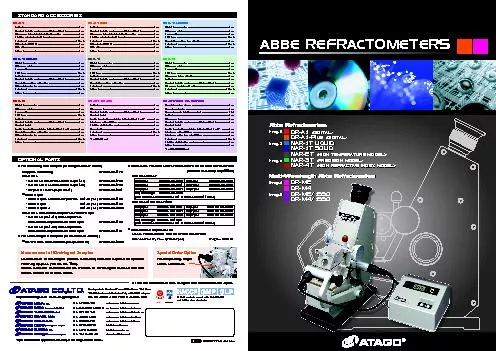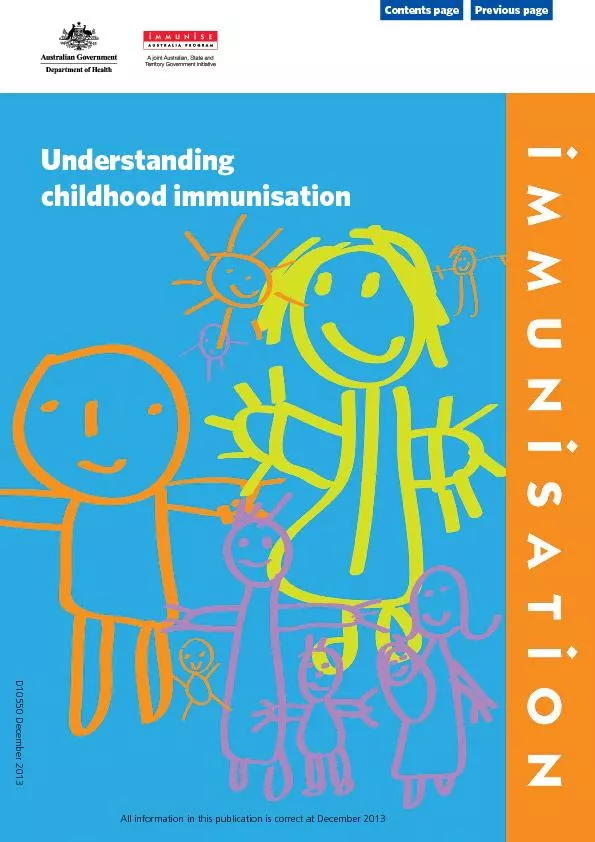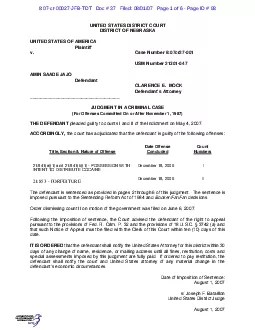PDF-Go to PokaYoke Page
Author : mila-milly | Published Date : 2021-06-30
Using PokaYoke Techniquesfor Early Defect DetectionHarry Robinson was invented by Shigeo Shingo in the 1960s The term Theessential idea of pokayoke is to design
Presentation Embed Code
Download Presentation
Download Presentation The PPT/PDF document "Go to PokaYoke Page" is the property of its rightful owner. Permission is granted to download and print the materials on this website for personal, non-commercial use only, and to display it on your personal computer provided you do not modify the materials and that you retain all copyright notices contained in the materials. By downloading content from our website, you accept the terms of this agreement.
Go to PokaYoke Page: Transcript
Download Rules Of Document
"Go to PokaYoke Page"The content belongs to its owner. You may download and print it for personal use, without modification, and keep all copyright notices. By downloading, you agree to these terms.
Related Documents

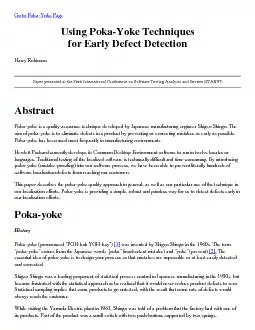



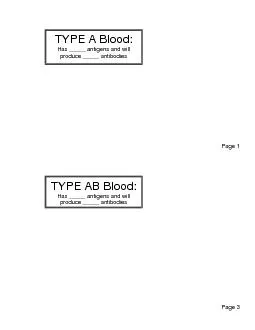
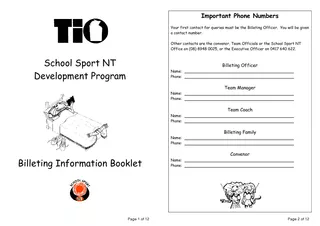


![Page: 1] transported by a voiceless obstinacy toward a millenial endin](https://thumbs.docslides.com/169177/page-1-transported-by-a-voiceless-obstinacy-toward-a-mille.jpg)


